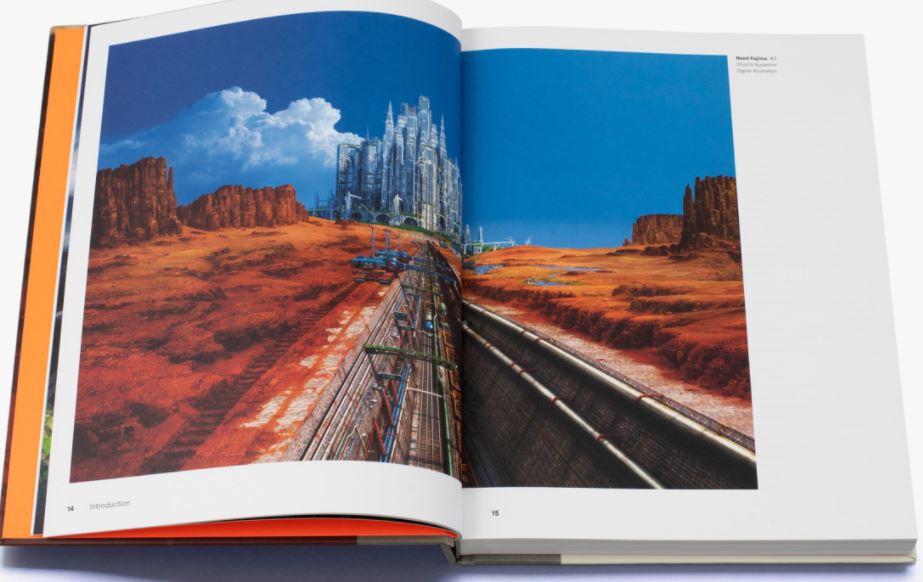A new book from Thames and Hudson, ANIME ARCHITECTURE, edited and curated by Stefan Riekeles, showcases the history of architecture present in classic anime films going back into the 1980s. The book frames the prescient nature of filmmakers’ views of the future and even poses an idea of forthcoming architecture.
Beginning with the 1988 masterwork, AKIRA, the book explains how early anime artists (anime is a style of Japanese film and television animation) predicted elements of society’s future, both in the East and the West. These predictions include bleak versions of societal decadence, runaway technology, and militarized governments. Although these visions of the future (our present) are hyper-stylized and over-the-top, the book argues that the core ideas do not differ greatly from the kernels of modern life in Tokyo and New York City.
Drawing heavily on the cyberpunk aesthetic of Blade Runner (1982) with a bit of George Orwell’s 1984, AKIRA paints a grimy, neon-traced world hung on a mashup of Italian, Hong Kong, and postindustrial Japanese architecture. Set in a Neo-Tokyo that floats in Tokyo Bay, artists derived the aesthetic from a real-world 1960 proposal from Pritzker-Prize-winning architect Kenzo Tange. The architecture in the film builds on a seedy megacity underworld.
The book next cites the vertically built New Port City of 2029 in the animated film, GHOST IN THE SHELL (1995). The film depicts a vertically-built mega-city, smothered in advertisements, shrouded in an even dingier aesthetic than AKIRA.
ANIME ARCHITECTURE revels in the glory of these imagined anime cities; one can’t help but notice parallels between these semi-dystopian films and realities experienced in modern Tokyo, Los Angeles, and New York City. The artists worked with purpose to draw from real architects’ future visions and audacious plans—many of which have come to fruition.
Supercharge Your Back-Office
Eliminate manual data entry and manual errors while simplifying nearly every back-office process with hh2's construction solutions.
Blog Transcript



